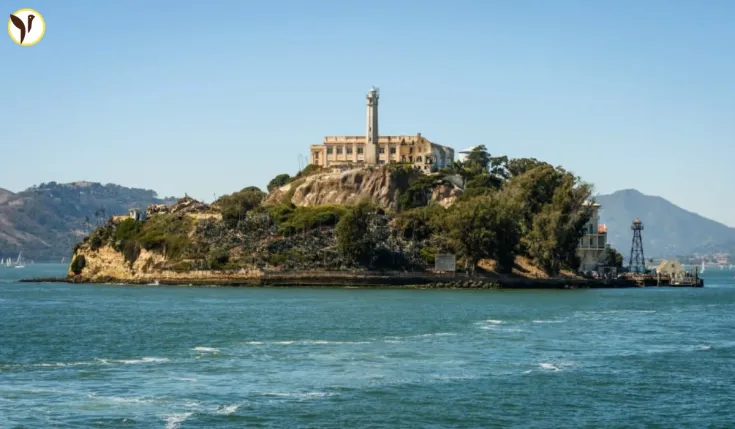Alcatraz: The Rock's Infamous Past and Uncertain Future
Alcatraz. The very name conjures images of cold, unforgiving waters, imposing stone walls, and some of America's most notorious criminals. Located two kilometers off the shores of San Francisco, this infamous island prison, now a hugely popular tourist attraction, is at the center of a recent, controversial proposal. Former US President Donald Trump has called for its reopening as a high-security prison. But what makes Alcatraz so infamous, and what are the implications of this surprising plan?
From Pelican Island to Maximum Security
Long before it became synonymous with crime, Alcatraz was simply "La Isla de los Alcatraces"—the Island of the Pelicans—named by Spanish explorer Juan Manuel de Ayala in 1775. After changing hands between Mexico and the United States, its strategic location led President Millard Fillmore to approve its transformation into a military installation in 1858. Fort Alcatraz served as a military prison during the Civil War, holding Confederate prisoners and civilians suspected of aiding the South.
By 1900, Alcatraz housed 441 prisoners. It officially became the Pacific Branch, U.S. Military Prison in 1907. A substantial 600-cell complex was constructed along with essential amenities such as a mess hall and hospital by 1912. The island's transition to a federal prison in 1930 marked a new chapter in its history.
- The Alcatraz Prison Era: From 1934 onwards, Alcatraz housed the "worst of the worst"—inmates considered too dangerous or prone to escape for other facilities. The prison was designed with escape prevention in mind, imposing a strict rule of silence and employing a high prisoner-to-guard ratio.
- Notorious Inmates: Alcatraz's roll call included some of history’s most infamous figures: Al Capone, George "Machine Gun" Kelly, and James "Whitey" Bulger, among others. Interestingly, the prison is also known for having surprisingly good food compared to other US prisons.
- Escape Attempts: Despite its reputation for security, Alcatraz witnessed numerous escape attempts. While official records state that no one ever successfully escaped, the unsolved disappearance of Frank Morris and the Anglin brothers in 1962 continues to fuel speculation, popularized by the Clint Eastwood film "Escape from Alcatraz."
The Closure of Alcatraz and its Transformation
The closure of Alcatraz in 1963 wasn't due to a daring escape but rather the high operating costs, almost three times higher than any other federal prison. The remote location made supplying the island prohibitively expensive. However, the island's legacy continued.
- Native American Occupation: In 1969, Native American activists occupied Alcatraz for 19 months, highlighting historical injustices and land rights claims, gaining international attention for the cause.
- Tourist Attraction: Following the occupation, Alcatraz was transformed into a popular tourist destination, managed by the National Park Service, attracting over one million visitors annually. The island's captivating history and stunning location make it one of San Francisco's top tourist spots.
Trump's Proposal and the Public Reaction
The Proposal: Former President Trump’s proposal to reopen Alcatraz as a prison, announced on social media, sparked significant debate. The idea was presented as a tough-on-crime measure to address rising crime rates and counter what he saw as lenient judicial practices. He stated that the reopening would serve as a symbol of law and order.
The Opposition: The proposal has received widespread criticism, not only for its logistical challenges – the exorbitant cost of renovation, environmental concerns, and the current availability of prison capacity – but also for its political implications and symbolic weight. Many see the proposal as a populist gesture rather than a serious policy initiative. It is highly unlikely that the plan would ever come to fruition.
Conclusion
Alcatraz's history is a complex tapestry woven from military strategy, criminal justice, and social activism. Its current status as a popular tourist destination stands in stark contrast to its infamous past as a high-security prison. While the proposal to reopen Alcatraz as a prison is highly unlikely due to logistical, political, and financial considerations, it serves as a reminder of the enduring power of this iconic island and its place in American history and culture. The debate surrounding Trump’s proposal highlights the ongoing discussion surrounding criminal justice reform and the role of symbolism in shaping public opinion.






